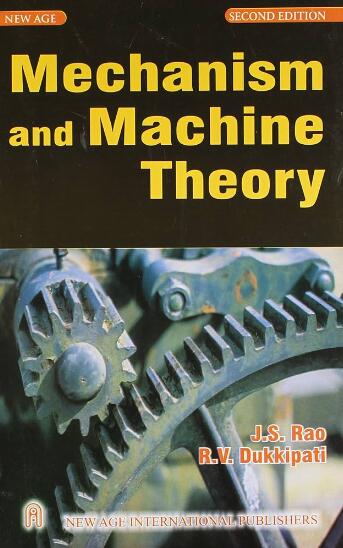四腿张拉整体机构的建模与分析
IF 4.5
1区 工程技术
Q1 ENGINEERING, MECHANICAL
引用次数: 0
摘要
在本文中,我们提出了一种创新的四腿张拉整体机构设计用于协作机器人的应用。这种轻量级机构有两个自由度(2-DoFs),由三根电缆共同驱动。所提出的机构的新颖性是基于使用中心腿来约束扭转。该中心支腿消除了扭转顺应性,并且无需使用额外的电机来控制第四根中心电缆的张力。对其运动学、几何工作空间(GW)、静态行为和扳手可行工作空间(WFW)进行了详细分析,并对部分几何设计参数进行了优化。我们还提出了一种基于简化形式的静态牛顿-欧拉方程的建模方法,该模型来源于对自由运动空间的分析。通过这项工作,我们的目标是解决张拉整体机器人技术的关键挑战,推进该领域,并开辟新的探索途径。本文章由计算机程序翻译,如有差异,请以英文原文为准。
Modeling and analysis of a four-leg tensegrity mechanism
In this paper, we present an innovative four-leg tensegrity mechanism designed for cooperative robotic applications. This lightweight mechanism has two degrees of freedom (2-DoFs) and is co-actuated by three cables. The novelty of the proposed mechanism is based on the use of a central leg to constrain torsion. This central leg eliminates torsional compliance and the need to use an additional motor to control the tension of a fourth central cable. Our study includes a detailed analysis of the kinematics, the Geometric Workspace (GW), the static behavior and the Wrench Feasible Workspace (WFW), together with the optimization of some geometric design parameters. We also present a modeling approach based on a reduced form of the static Newton–Euler equations derived from an analysis of the free-motion space. Through this work, we aim to address key challenges in tensegrity robotics, advancing the field, and opening up new avenues of exploration.
求助全文
通过发布文献求助,成功后即可免费获取论文全文。
去求助
来源期刊

Mechanism and Machine Theory
工程技术-工程:机械
CiteScore
9.90
自引率
23.10%
发文量
450
审稿时长
20 days
期刊介绍:
Mechanism and Machine Theory provides a medium of communication between engineers and scientists engaged in research and development within the fields of knowledge embraced by IFToMM, the International Federation for the Promotion of Mechanism and Machine Science, therefore affiliated with IFToMM as its official research journal.
The main topics are:
Design Theory and Methodology;
Haptics and Human-Machine-Interfaces;
Robotics, Mechatronics and Micro-Machines;
Mechanisms, Mechanical Transmissions and Machines;
Kinematics, Dynamics, and Control of Mechanical Systems;
Applications to Bioengineering and Molecular Chemistry
 求助内容:
求助内容: 应助结果提醒方式:
应助结果提醒方式:


